The straight-forward aftermarket steering-wheel install in NC/MK3 Mazda MX-5
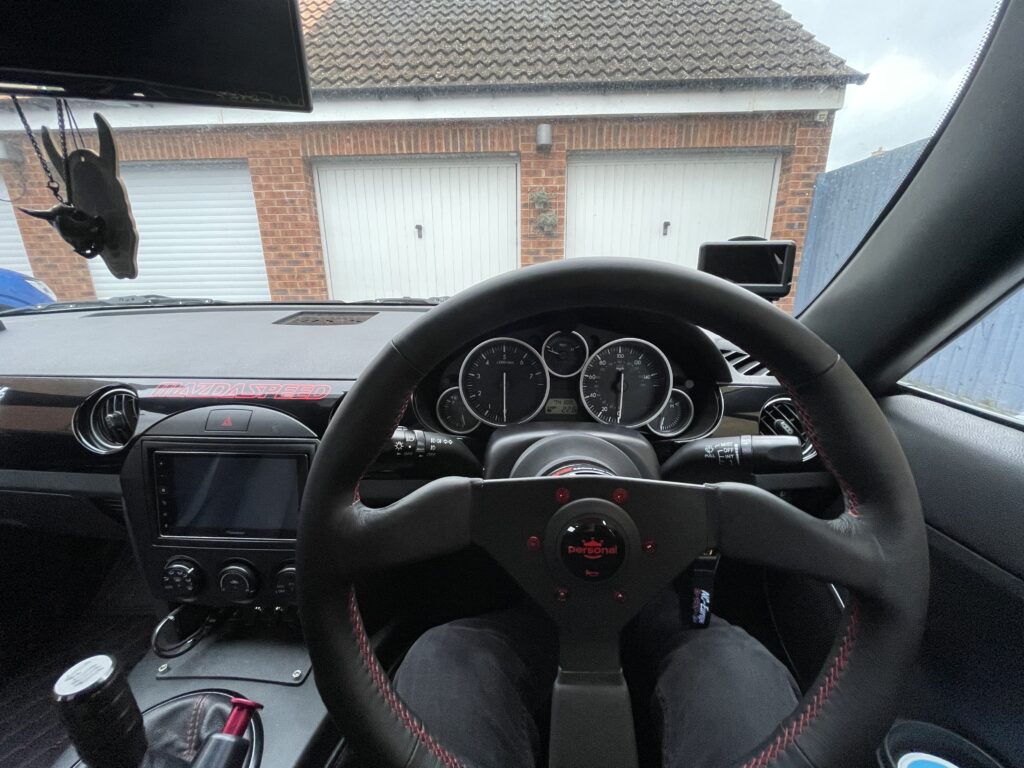
Confused.. Overwhelmed.?
Interested in installing a aftermarket steering-wheel into your car? But not sure what’s involved and what you’ll need? Hopefully this guide should clear that up for NC/MK3 owners.
What you’ll need?
Let’s keep this article real nice and simple and straight to the point. I will now cover all of the parts you’ll need in a logical order and explain them.
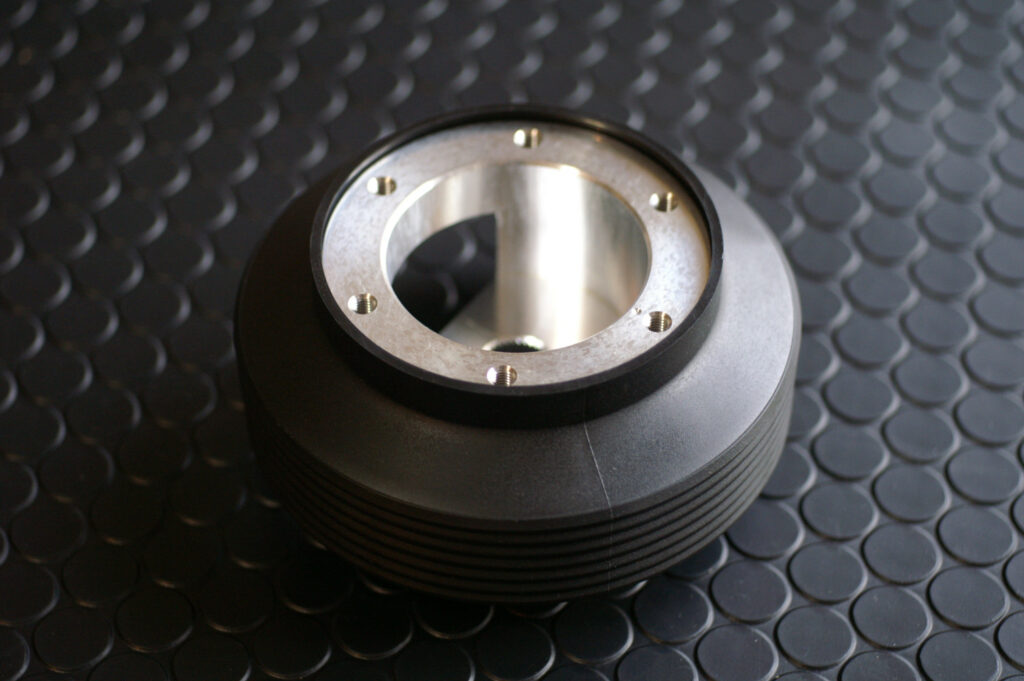
Boss Kit
Essentially all vehicles will have a unique spline on the steering shaft. A boss’s job is to translate that spline to a universal and standard PCD (bolt pattern) for installation of aftermarket steering-wheel.
Boss’s also come in different lengths, the most common is the short (55mm) style boss. However they do sell longer boss’s that will essentially place the wheel closer to your body. If your looking into a snap-off quick-release such as a NRG or WorksBell unit then I strongly suggest you choose the short (55mm) boss so you don’t end up with the steering-wheel too close to you.
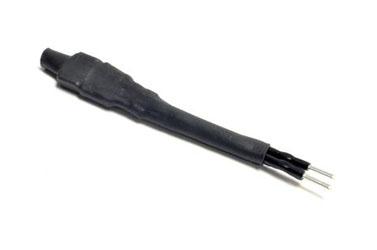
SRS Resistors
To counteract the fact your airbag is now out of the vehicle, we will now use resistors and an inline-fuse-holder assembly to fool the SRS-Module (Airbag system) to believe the airbag is still in its original location and if the vehicle is in an impact the inline fuse (2amp fuse) will blow and create an open-circuit. Acting as a airbag would, this is the best way to replicate the factory airbag. The SRS-Module will be non-wiser.
The NC1/MK3.0 chassis will require just one of these SRS-Resistor-assemblies. The NC2/MK3.5 and later NC3/MK3.75 will require two of these assemblies. Most high-quality boss manufactures like WorksBell will supply these assemblies in their kit and will work with any year vehicle.
Your boss-kit will explain how to install these resistor-assemblies.
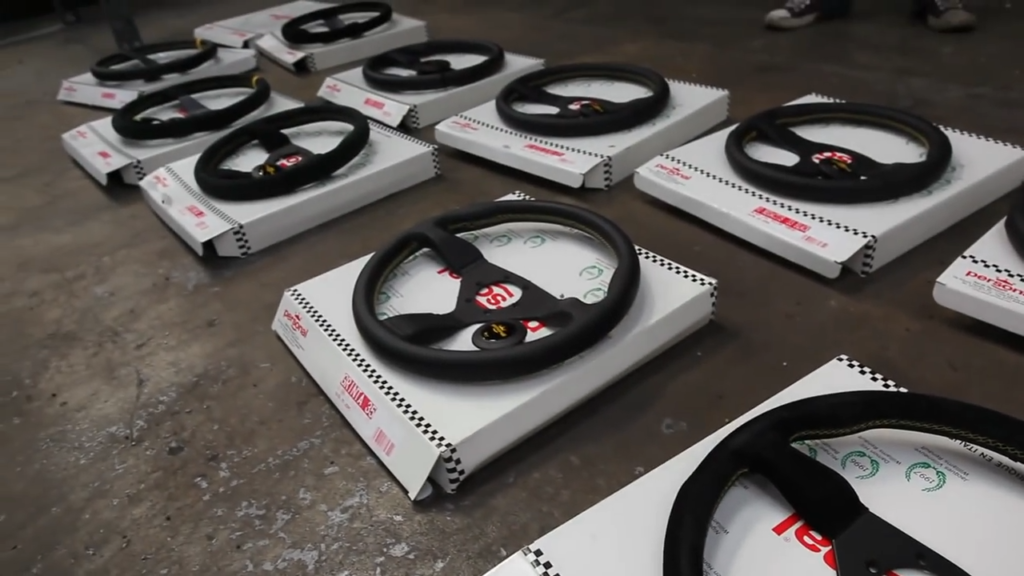
Steering-wheel
Everyone knows what a steering-wheel is, so let’s skip the explanation and jump head first into the different types, styles and sizes of steering wheels you need to know about before spending your hard-earned money.
The most common size of steering-wheel is a 350mm wheel. This size is most likely very close to your stock steering-wheel from the factory. It is quite a good size and will enable you to still read your gauge-cluster with no obstruction. You can however go to a smaller size steering-wheel, a few people do this in really small cars where interior space is limited and the benefit is a little more leg-room. However speaking of the NC/MK3 chassis I personally would recommend you stick to a 350mm wheel.
That’s great now I know the size, what else is their? Well secondly you’ll need to choose the style of steering-wheel you’ll want to use. Aftermarket steering-wheels come in mainly two different categories. That is “deep dish” (like the name suggests the wheel has depth and will ultimately sit closer to your body) and the second is “flat” this is also straight-forward to understand.
The third thing is the material you’ll want. Speaking from experience leather steering-wheels are the most durable and can be driven daily with no need for any gloves. They are also nice if you don’t wish to wear gloves at the track-day. Personal experience right? The other main option is suede. Now suede steering-wheels may look awesome to some, they have a massive drawback for driver’s who wish to keep their car for some time.. That is without wearing driving-gloves the oils in your skin will deteriorate the suede material and can change the feel. Not good. However if you are going to be mainly driving your car predominately around the track then a suede steering-wheel with proper gloves will be a good choice! In fact some claim that suede wheels will have a slightly better grip with gloves, perfect for a true racecar. Now if your like my friend Olly you may also like to have a wooden steering-wheel. A massive throwback to classic cars, a wooden steering wheel will look great in a vintage style car. To get the best feel of a wooden-steering wheel it is recommend to use a pair of leather driving-gloves. This is also where the term “glovebox originates from”. The last real material you’ll see is neoprene. This material will feel similar to your stock-wheel and is cheaper to produce than a leather wheel but is not as durable as a leather-wheel.
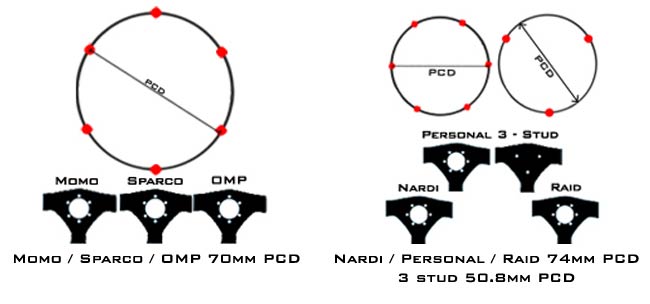
I’d just like to add that you should check what style PCD (bolt pattern) the steering-wheel you like has. As their are two types of PCD for a steering-wheel. The “Sparco” style, with the single countersunk-screw being at the top of the wheel. The second is the “Nardi” style, which has the two countersunk-screws at the top of the wheel. I have attached a photo above, the first is the “Sparco” PCD and the second is the “Nardi” style for clarity. This is important as if you do not run a quick-release and just the boss you may need a adapter to change the PCD of the wheel.
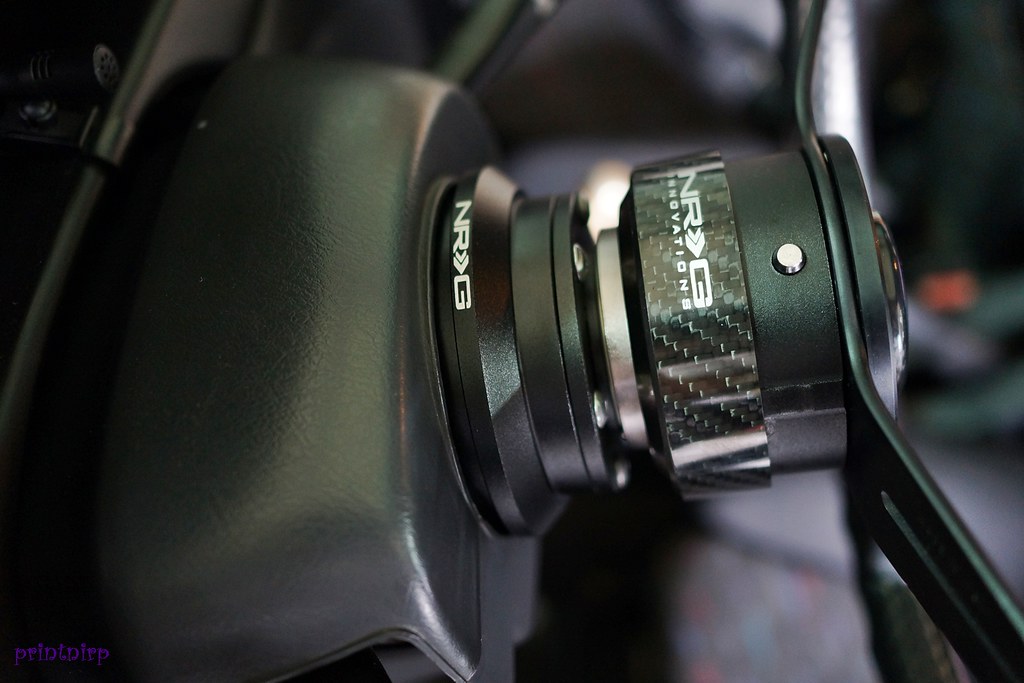
Optional – Quick-release
You’ve probably seen these used in many racecars. There’s a good reason for that. With a full bucket-seat and 6-point harness setup it may be difficult to get in and out of the vehicle with the wheel in the way. This way the steering-wheel can be detached and re-attached once the driver is in. This is not essential however if you intend to fit aftermarket bucket-seat’s this could be worth it.

Join the discussion